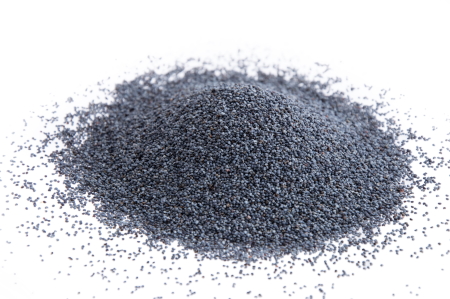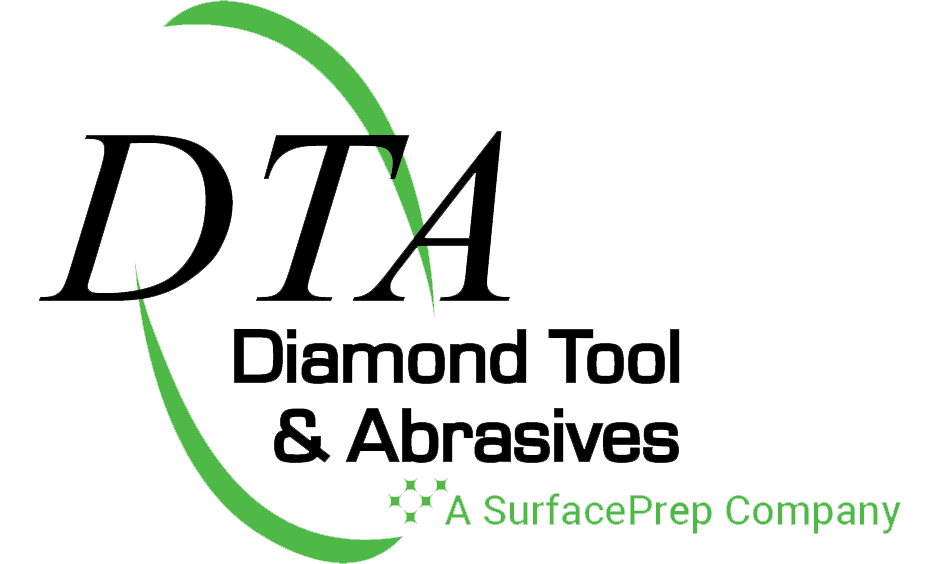When to use what type Conventional Grains in� Bonded Abrasives?

Brown Aluminum Oxide � is produced through the fusion of bauxite in an electric arc furnace. It is generally regarded as the toughest of aluminum oxides and is often used in resin bonded cut-off and rough grinding applications such as off-hand grinding of rough iron castings referred to as snag grinding.
White Aluminum Oxide � is produced through the fusion of high purity calcined alumina in an electric arc furnace. White aluminum oxide is the most friable of grains used in grinding wheels and cuts freely.
Pink and Ruby Aluminum Oxide - Pink and Ruby are the results of adding chromium oxide to white aluminum oxide during the melting process in an electric arc furnace. The reason for adding the chromium oxide is to increase the toughness of the grain. The more chromium oxide added, the darker the color and the tougher the grain is. Therefore, the pink aluminum oxide will be more friable than Ruby aluminum oxide.
Ceramic Grain � is a seeded gel grain manufactured from rare earth oxides. Ceramic grains are very hard and have a micro-grain structure that breaks down in very small pieces versus aluminum oxide that dulls until it fractures. This makes it hold up very well and allows it to cut cool when grinding hard materials. Because it is extremely hard, it is always blended with white or pink aluminum oxide in vitrified grinding wheels.
Silicon Carbide � Available as black silicon carbide or green silicon carbide is a very hard mineral that has high strength even at elevated temperatures over 1,000 degrees. It is over seven times stronger than aluminum oxide. Green silicon carbide is purer and is harder and sharper than black silicon carbide and is often used for grinding carbide and titanium. Black silicon carbide is often added resin bonded grinding wheels using aluminum oxide when rough grinding iron castings with burned-in sand.
Zirconia - Zirconia grain is produced by fusing high-grade alumina and zirconia in an electric arc furnace. Zirconia offers high grain strength and is available in both sharp and blocky grains. Zirconia is an additive grain in that it is always blended with another grain type in bonded wheels.
So, when do you use each abrasive?
It really comes down to Friability and the Hardness of the material you are grinding. In vitrified applications, you will often see a blend or mix of two or even three-grain types. White and Pink or Ruby is common and also Brown and White Aluminum Oxide and just as often as Ceramic Grain and White Aluminum Oxide. The common abrasive here is White Aluminum Oxide, and it is added to increase the Friability of the Pink, Brown, and Ceramic grains that it is blended with. In resin bonded applications for rough grinding, you will often see a blend of Brown Aluminum Oxide with Zirconia and Silicon Carbide used in cup wheels, cones, and plugs, and snagging wheels. Brown is not very friable or sharp, but zirconia and silicon carbide are, and so the addition of these grains makes the resin bonded wheel act more aggressive, and it will cut faster.
�
�
